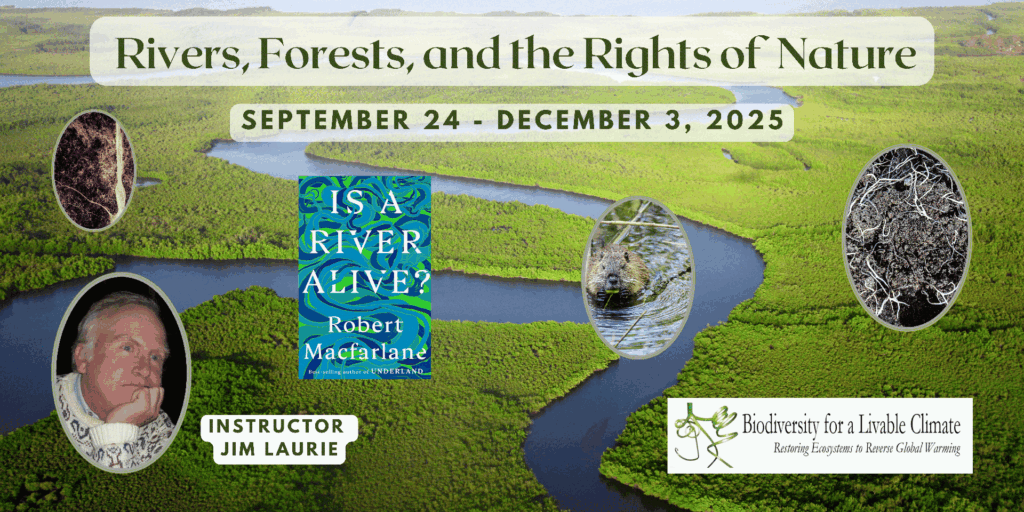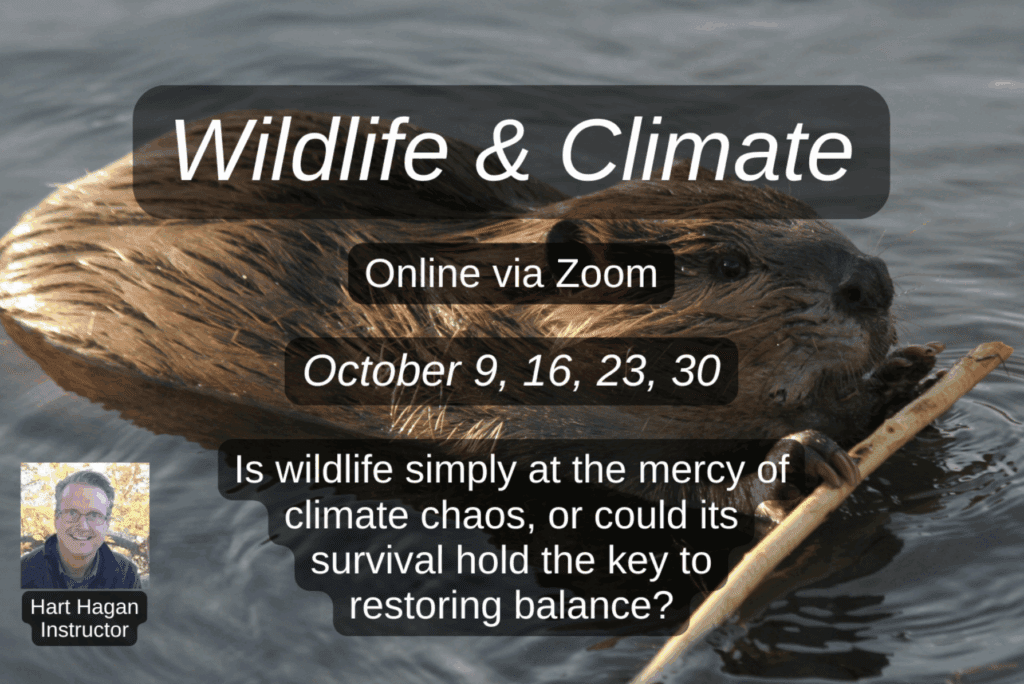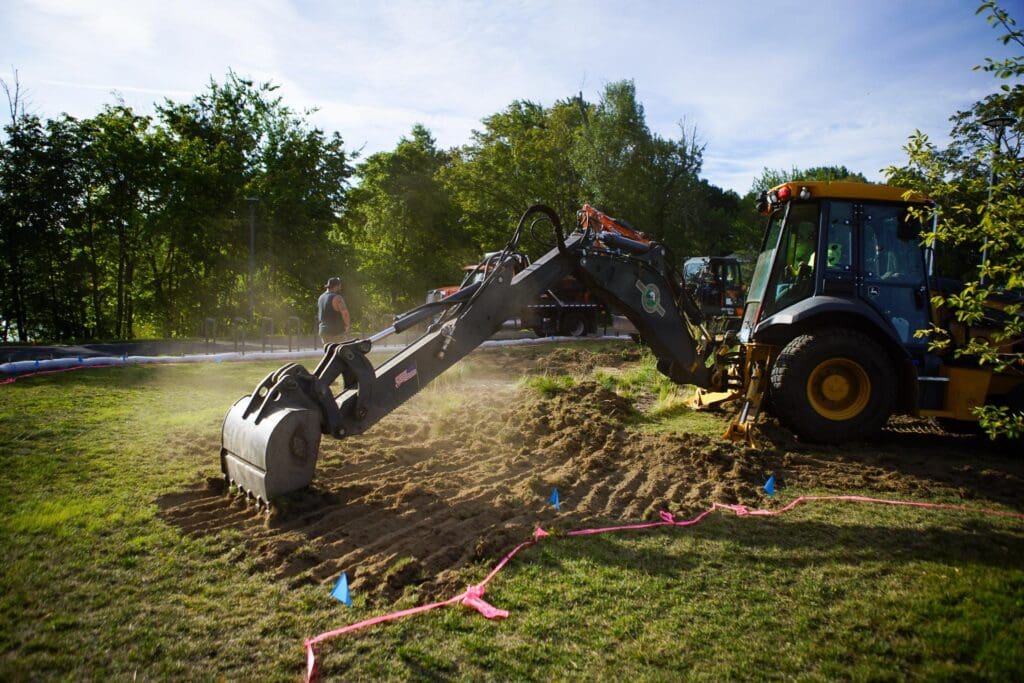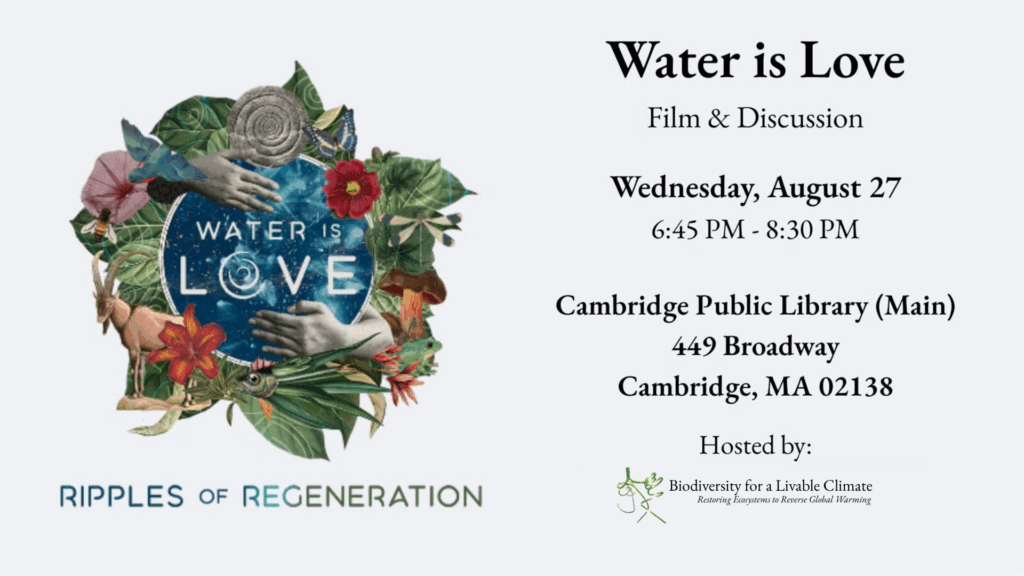Which charismatic seabird is famed for its aerial agility and the illusion that it can walk on water?
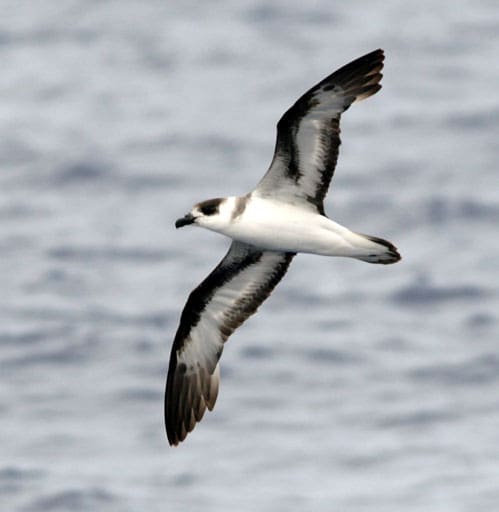
Alone on a rolling sea, I scan the waves for life and find comfort in the company of seabirds. While gannets and shearwaters soar, it is the little storm petrels that make me smile the widest. They are like ocean butterflies, fluttering the valleys between waves to pluck at invisible animals in the neuston. Because so much of the world is covered by the ocean, the most numerous bird species is the Wilson’s petrel, found in all oceans. In New England and Newfoundland, Leach’s petrel nests on rocky outlying islands. Storm petrels can be distinguished by their foot color, shape of the “usual” white rump patch, and tail shape. I cannot tell them apart, and that does not lessen my enjoyment of being with individual petrels.
The black-capped petrel feeds on squid, tiny fish, and zooplankton. Named “petrel” after the fisherman Saint Peter because the spritely birds stirring the sea surface with their feet for food looked like they were walking on water.
These elegant little birds, dressed in black and white feathers, spend most of their lives in the Caribbean Sea, returning to land in fading light to nest in burrows among the mountains of Hispaniola and Dominica.
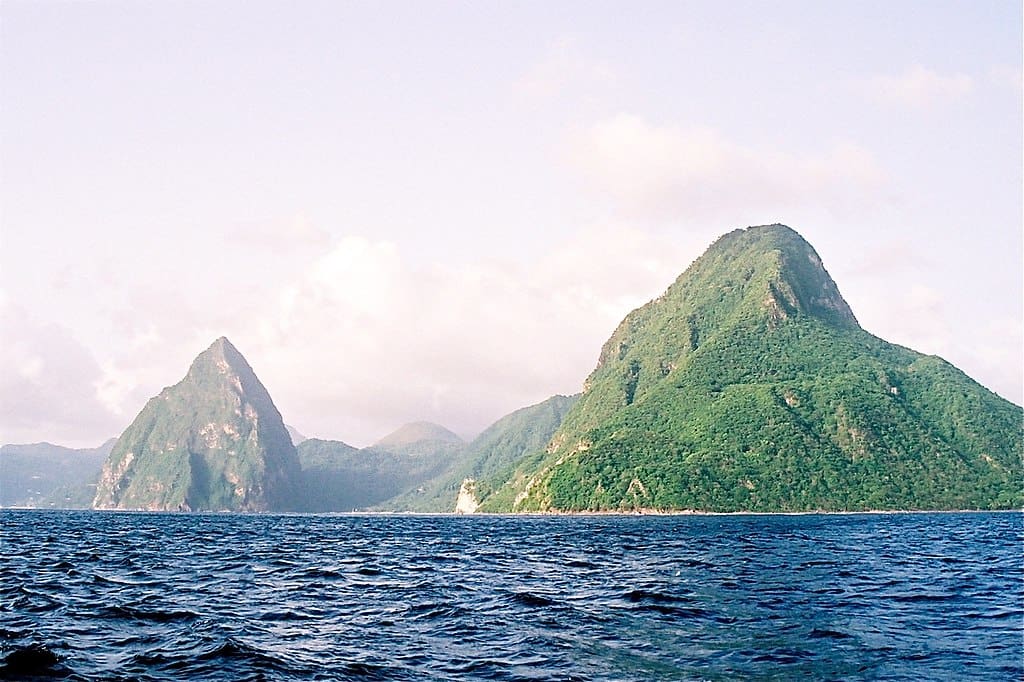
Sadly, the black-capped petrel is currently threatened due to human activity.
The mountains where they nest are being cleared for agriculture and development, which is destroying the petrel’s nesting habitat, making it increasingly difficult for the population to survive.
During their nesting period, black-capped petrel chicks fall prey to human-introduced species such as rats and mongooses. These invasive predators have had a devastating impact on the petrel population.
From mountains to the sea, our environment is all connected. Our actions high on land are harming petrels and marine life below.
The good news is that local actions, when taken together, have a meaningful impact. We have passed a tipping point where vegetation is being removed, and soils are being replaced by hardscapes and heat islands. Although annual rainfall has not increased, water that once seeped into the ground now runs off as stormwater, causing flooding. When water cascades over hot hardscapes, it absorbs and transports heat to the ocean, along with harmful pollutants that reduce the productivity of phytoplankton and lower the nutritional value of copepods, a petrel’s favored food.

Andrew Farnsworth, Cornell Lab of Ornithology
To better understand what’s happening, try warming a cup of water with a hair dryer. You’ll find that the only way to heat water above the air temperature is to place it on a hot plate. The solution to the petrel’s plight is to remove the hot plates, to cover heat islands with vegetation and soil, such as potted plants and raised gardens. Enabling properties to retain rainwater that falls on them will allow plants and rivers to survive dry periods, reduce municipal stormwater management costs, and alleviate suffering for people living in low-lying areas.
Our collective action to green our neighborhoods can turn the tide on the climate crisis and save charming little birds like the black-capped petrel from extinction.
I like to take the power of the wind to propel a sailboat into the wind. For the sails to fill and drive the boat forward, the wind must be about 40 degrees to the side. Too close to the wind, the sails lose the wind, luff, and the boat stalls. Sail for a while on a tack with the wind coming over one rail and then turn the boat before the wind, to fill the sails on the other side. Progress is a zigzag. Sometimes, when going through the narrows, no matter how expertly the boat is brought about and sails sheeted in, the windward mark cannot be fetched due to wind, tide, and weather.
I take the same approach to advancing environmental legislation. The course is set, sails trimmed, and you go as far as you can, against the wind, before conditions change and obstacles appear. Then, quickly shift the effort onto a new tack. Sometimes, despite everyone’s best efforts, the legislation does not pass. Like going for an afternoon sail, win or lose, you still go sailing the next day because it’s not the destination; it’s the thrill of the voyage with a capable crew pulling together when the helmsman cries:
“Ready about, hard to lee,” fill the sails with wind and move forward once more.
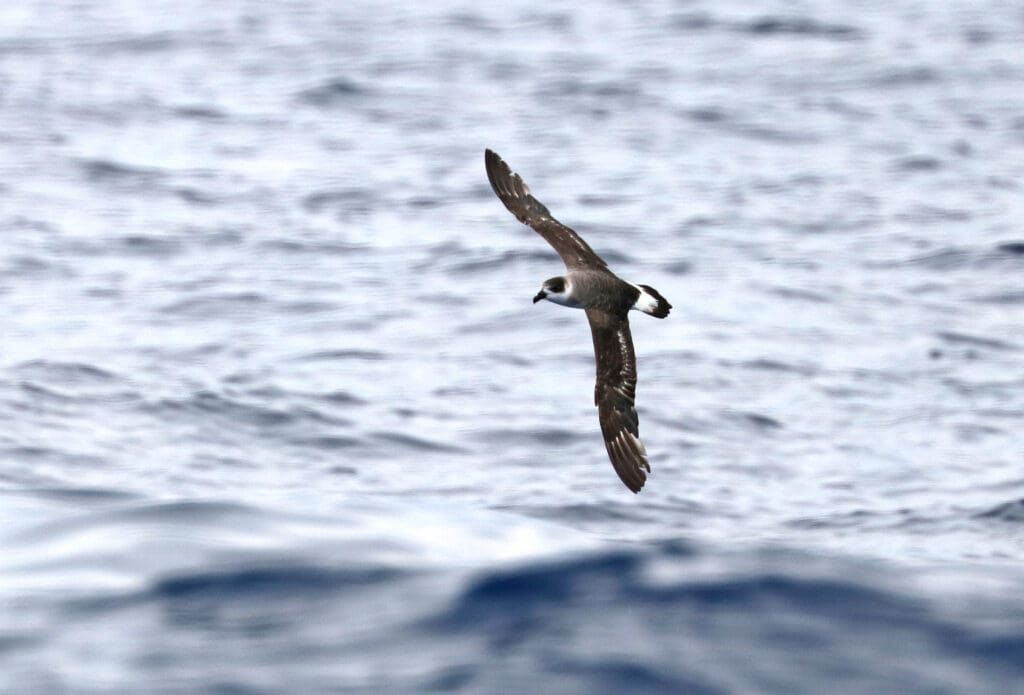
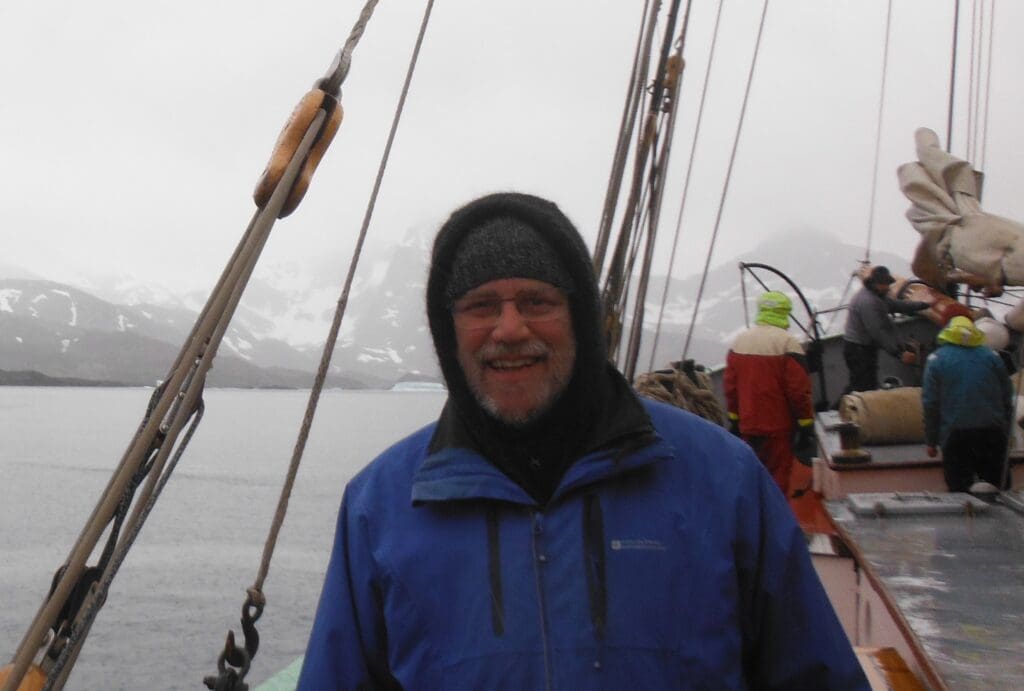
Rob Moir, PhD, is the Executive Director of the Ocean River Institute. He lives in Somerville, Massachusetts, with a population density of 19,000 people per square mile, making it the most densely populated city in the Northeast. He enjoys sailing from Boston Harbor to see the Harbor Islands give way to open ocean with no land on the horizon, humbled by our smallness and the vast power of the ocean. For more information, please visit www.oceanriver.org. Rob’s Clam Chowdah Narratives are on Substack https://robmoir469011.substack.com/

